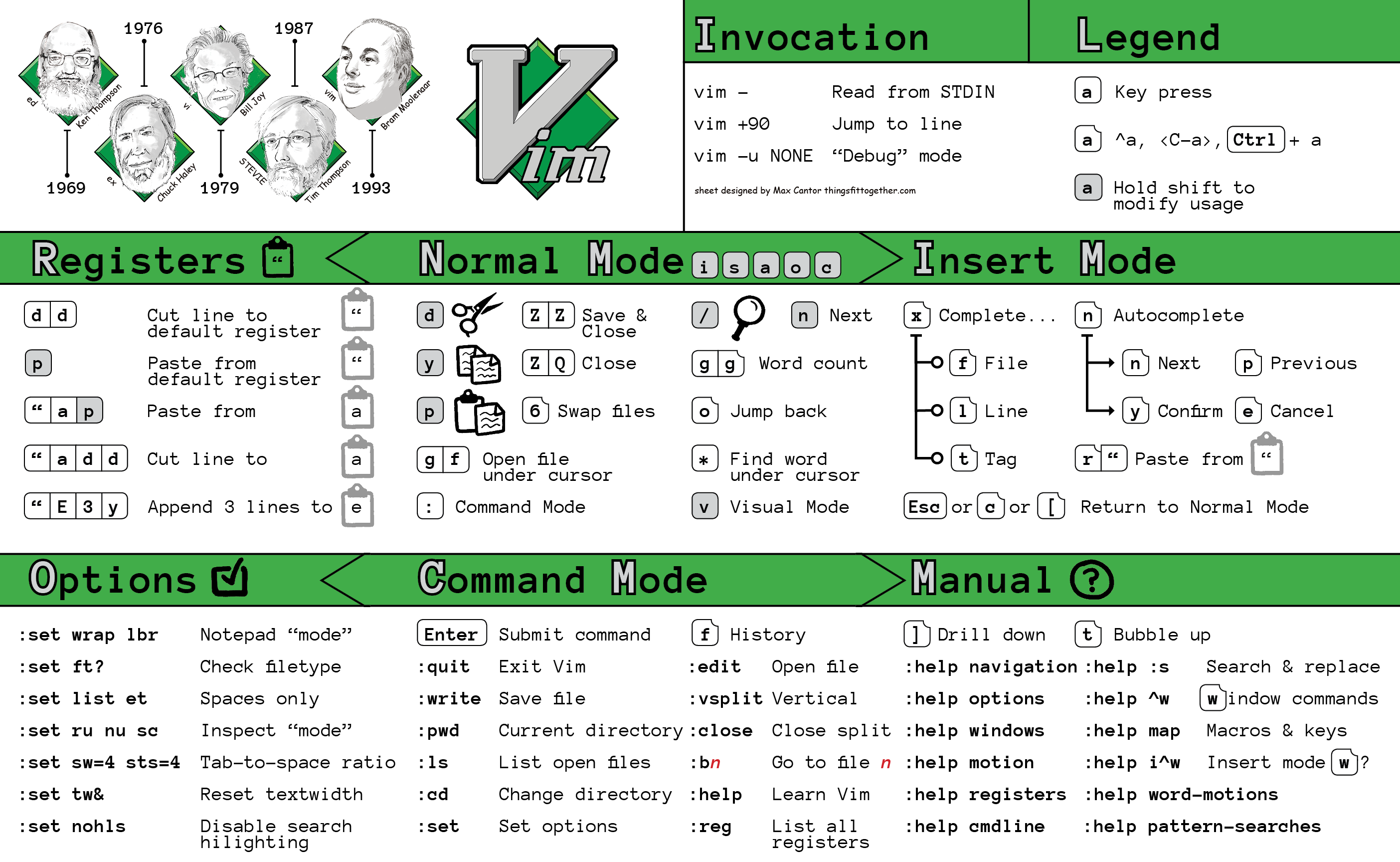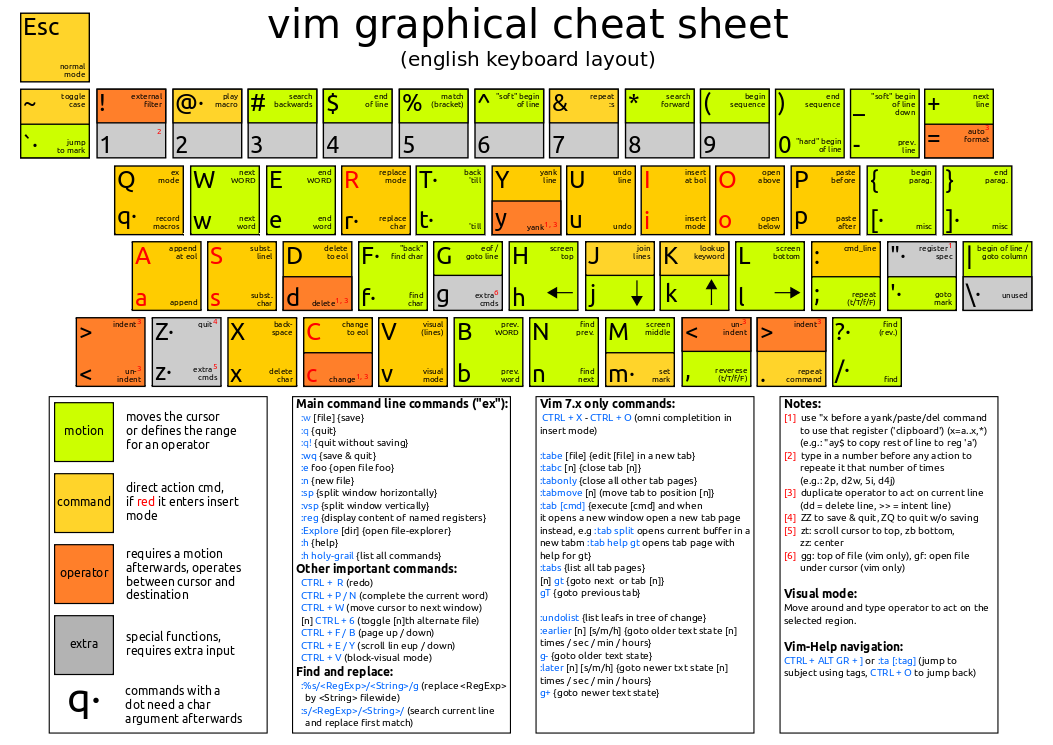
In this mode, any text selection happens from the start cursor to the end cursor. Visual Mode: To enter this mode, we press v.There are 3 different variants in Visual Mode. Any commands used in visual mode apply to only selected text. Visual Mode: This mode is used to make selections of text, similar to how clicking and dragging with a mouse behaves. To enter into command mode from normal mode, we press. Command Mode: This mode is used for doing complex operations on a file like a search, replace, etc. When we enter this mode, we can see the status change at bottom of the screen as shown below. You can write content to the file using this mode. This mode can be thought of as a write mode.

Insert Mode: This mode is where the inserting of text happens. To get to normal mode from any other mode, we press Esc.Ģ. Mostly this mode is used for navigating and editing. Hence a text editor should be optimized for editing than writing. Programmers spend most of their time editing than writing. This mode can be thought of as an edit mode. Normal Mode: By default, Vim starts in Normal mode. Vim splits its functionality into different modes with each mode having a specific purpose. Vim Tutorial: Basics to Advanced Concepts 1.
Vim shortcuts cheat sheet pdf download#
Vim should be available by default on Linux based machines, if not we can download vim here. Vim is highly configurable and extensible, making it an attractive tool for users who demand a large amount of control and flexibility over their text editing environment.
Vim shortcuts cheat sheet pdf windows#
It also supports multiple tabs and windows which allows working on multiple files at the same time. Vim is a quite popular text editor because of its many features which save a lot of time for its users. Vim is a command-centric text editor and hence we can do everything we can do with modern text editors like VS Code, Sublime Text, etc with Vim just using the keyboard commands. Vim also has a built-in tutorial for beginners called vimtutor which is usually installed along with Vim although it exists as a separate executable. Vim traditionally doesn't have GUI and uses the terminal as its GUI but now there is a separate installed called gVim which provides GUI. After the first release, cross-platform development enabled Vim to be available in many other Operating Systems.

It is a clone of the Vi editor and was created by Bram Moolenaar. Vim (Vi IMproved) is an open-source text editor for Unix-based Operating Systems.


 0 kommentar(er)
0 kommentar(er)
